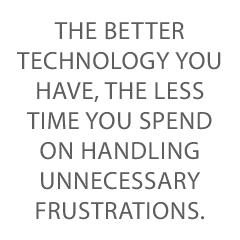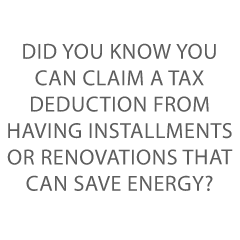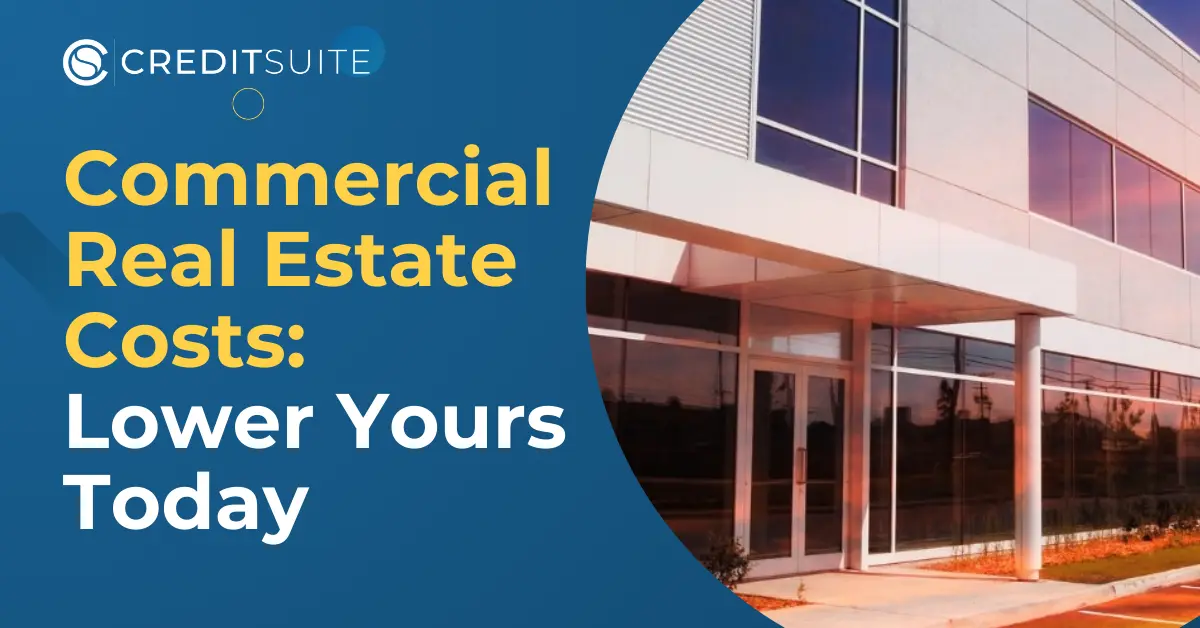It’s often mentioned by plenty of investors that a commercial real estate business can make you tons of money. While this statement is true to some degree, you still have to acknowledge the fact that you won’t be able to earn a high income from your commercial property if you’re not able to properly manage the expenses associated with it.
In reality, owning and managing a commercial property can feel like walking across a tightrope. It’s incredibly daunting because commercial real estate is a crossover of constantly evolving regulations, productivity quests, and most of all, high finance.
When we’re talking about high finance, we’re talking about the operational expenses of a commercial property. In simple terms, operational expenses are the cost of running a building.
Operating Expense Ratio
When it comes to operational costs, one crucial thing to know is the operating expense ratio (OER). This is a simple formula that will reveal if your property runs efficiently and if you need to cut on operational expenses. The formula goes like this:
Total Operating Expense/Effective Gross Income = Operating Expense Ratio
To determine Total Operating Expenses, you need the sum of your typical operating expenses. This includes your real estate taxes, property insurance, utilities, repairs and maintenance, janitorial services, management fees, general and administrative fees, and payroll.
As you can see, these things are focused on your day-to-day expenses of running a commercial property. For example, you have a total of $1,065,000 in Total Operating Expenses.
The Effective Gross Income (EGI), on the other hand, helps you determine the OER after vacancy. The EGI takes vacancy into account. To get the EGI, you need to deduct the percentage of vacancy in your property from your total Gross Revenue.
So let’s say you have a Gross Revenue of $3,319,000 and a 10% vacancy ($331,900); your EGI will be $2,987,100.
So now, you have the figures of your Total Operating Expenses and Effective Gross Income. Follow the formula–get the quotient of Total Operating Expenses and Effective Gross Income. You’ll have an OER of 35.7%
The general rule with OER is that the ideal number should be between 60% to 80%. The lower your OER is, the better. So the hypothetical OER we have is excellent.
But, what if you have an OER of more than 80%? What can you do? The simple answer is to reduce your operational costs.
How Can You Effectively Reduce Your Commercial Property’s Operational Costs?
Every commercial property requires investments in utilities, regular maintenance, property taxes, and facility management. Of course, when you want to cut your operational costs, you don’t want to simultaneously compromise the quality of your property.
You might be thinking that it’s difficult to invest while cutting expenses at the same time. It is daunting, yes; but it’s not as tough as you think it might be. The thing is, you need to be incredibly creative and practical.
That being said, here are the secrets to cutting operational expenses in commercial real estate:
Start Embracing Technology
In 2019, Deloitte released an industry outlook on CRE. The tech giant suggested that CRE companies invest in modern core technology systems rather than individual technologies relevant to a specific business area.
I can’t stress enough how beneficial it is for you to adopt technology for your commercial property. Not only will it make your property more efficient, but it will also reduce your operational costs by 10% to 20%.
The better technology you have, the less time you spend on handling unnecessary frustrations.
The secret is, you don’t have to fully automate your building right there and then. You can start small. You can start by adopting digital signature platforms. This significantly increases productivity while reducing human error costs and material expenses.
You can also try investing in property management software. This can free up employee time by simplifying management tasks.
Take Control of Your Energy Consumption
According to Energy Star, energy use makes up 1/3 of total operating costs in commercial buildings, making it the single largest operating expense of commercial properties. That being said, it’s worth taking steps to significantly reduce your CRE’s energy consumption.
You can easily make small adjustments by switching to energy-efficient lighting systems. LED indoor lighting can be a game changer. It’s an easy update, yet it’s easy on the wallet. You can also explore solar window films to cut cooling costs.
You can also incorporate technology into your energy consumption. Automating your energy use through a Building Automation System (BAS) can significantly reduce your energy costs by about $0.20 to $0.40 per square foot.
Having a BAS can help to build performance through the automation of energy systems, such as lighting, HVAC, security, elevators, and even fire safety. Not only does it reduce your day-to-day expenses on utilities, it simultaneously increases your property’s value.
Energy Efficient Incentives
 Did you know you can claim a tax deduction from having installments or renovations that can save energy? Since the Biden administration prioritized climate change initiatives, the Build Back Better Act was passed.
Did you know you can claim a tax deduction from having installments or renovations that can save energy? Since the Biden administration prioritized climate change initiatives, the Build Back Better Act was passed.
One of its sections is the energy-efficient commercial building tax deduction. In this section, a tax deduction of up to $1.88 per square foot is available to you if you install lighting and HVAC systems that reduce your energy costs by 50% or more.
Get Involved With Your Local Community
The most overlooked way to save money on commercial real estate is by getting into local incentives. Local governments offer incentives to commercial real estate businesses. The secret is you need to build connections within your local community.
These relationships can be incredibly beneficial. Plenty of states and municipalities offer incentives to attract and retain businesses because it benefits their local economies.
The question is: How does this reduce operational costs, exactly? Some incentives you can get from the local government are job credits. This incentive is based on the type and the number of jobs your commercial property would make within the local community.
It can include payroll tax credits that can offset federal income tax liability. This reduces your tax obligations and helps save cash for future CRE growth. I suggest doing research in your area.
In Dallas, for example, the local government is devoted to helping out with district economic developments.
Start Managing Your Commercial Real Estate More Efficiently
Knowing that you have a high OER can make it incredibly tempting to cut costs across operations all at once. However, taking such a drastic step to cut costs can put you and your tenants at risk. Reducing operational costs isn’t a task you can do in such a short time.
It takes effort, time, and money. You need to be creative and practical to reduce operational costs without compromising the tenant experience.
The secrets I provided are three of the many ways to cut commercial property costs. You can do your research on how you can reduce your property’s operational expenses. Simply put, reducing your operational costs isn’t a one-size-fits-all solution.
You need to determine what would work for you, your property, your employees, and your tenants. I guess you could look at this as an art form; you need to strike a balance between limiting services because it makes sense and good tenant experience.
So before you make any moves, do your research, plan for both your short-term and long-term operational goals, and execute it beautifully.

